Shildon 'coal drops' were a world first, research claims
- Published
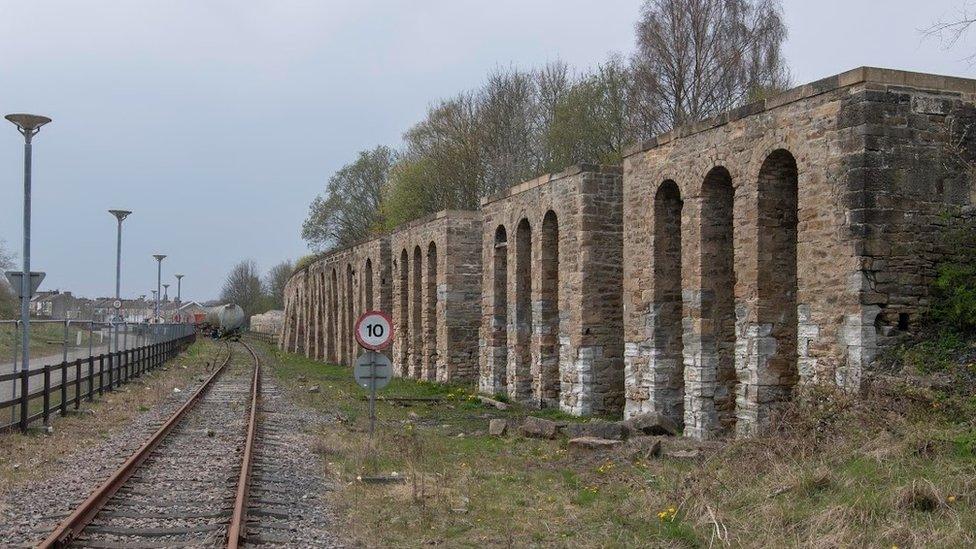
The research was carried out as part of a programme to restore the 26-mile stretch of the railway ahead of it's 200th anniversary in 2025
A defunct structure in County Durham was the world's first attempt at mechanising the refuelling of locomotives, new research claims.
The Shildon "coal drops" opened in 1847 and included three wooden hoppers which used gravity to deliver coal directly to a locomotive.
Historic England, which carried out the research, believes it represented the first attempt at such a task.
The area was a transport hub for coal from the Durham collieries.
Historic England said it discovered the "coal drops", as they are known locally, were a first ever attempt to save the labour-intensive process of shovelling coal by hand into an engine's tender (the coal-store behind the engine).
The drops consisted of three wooden hoppers with retractable chutes, suspended above stone bays built next to a short loop of railway track.
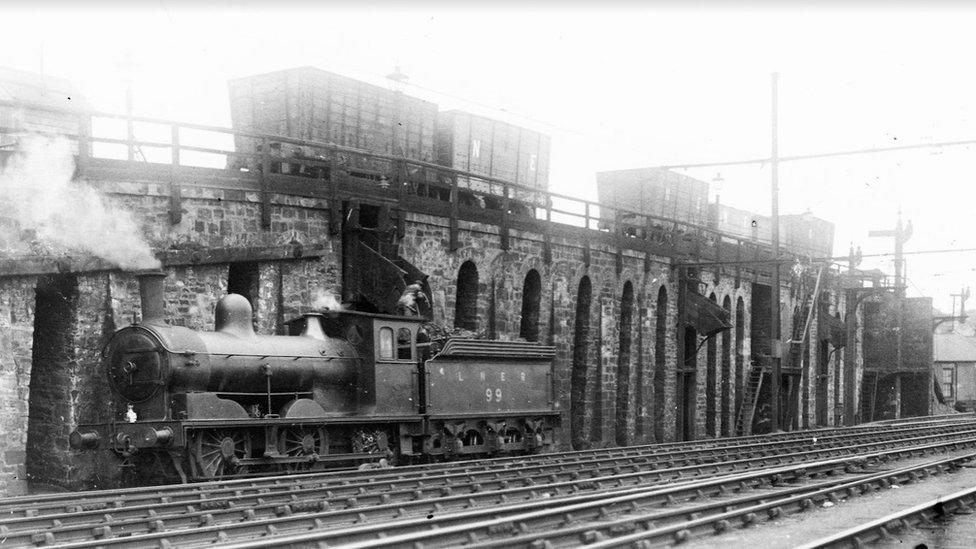
The picture from 1932 shows coal being sent from a wagon down a retractable wooden chute and into a waiting locomotive
They were built by the Stockton and Darlington Railway, the world's first steam-hauled public railway, to speed up the re-fuelling times of their locomotives.
The engines hauled coal trains from Shildon known as the "cradle of the railway" to docks on the River Tees where it was offloaded on to ships.
Coal would drop from special wagons with bottom-opening doors into the hoppers and then again into the waiting locomotive below.
Marcus Jecock, lead author of the study, said: "Our research has clarified when the coal drops were built, who designed them and how they operated.
"It has also suggested they probably represent the first attempt in Britain - and given Britain's primacy in the development of railways, possibly the world - to mechanise the process of re-fuelling steam locomotives."
The Grade II* listed structure was in use until 1935.
The drops are now owned by Durham County Council and form part of the Locomotion museum in Shildon.
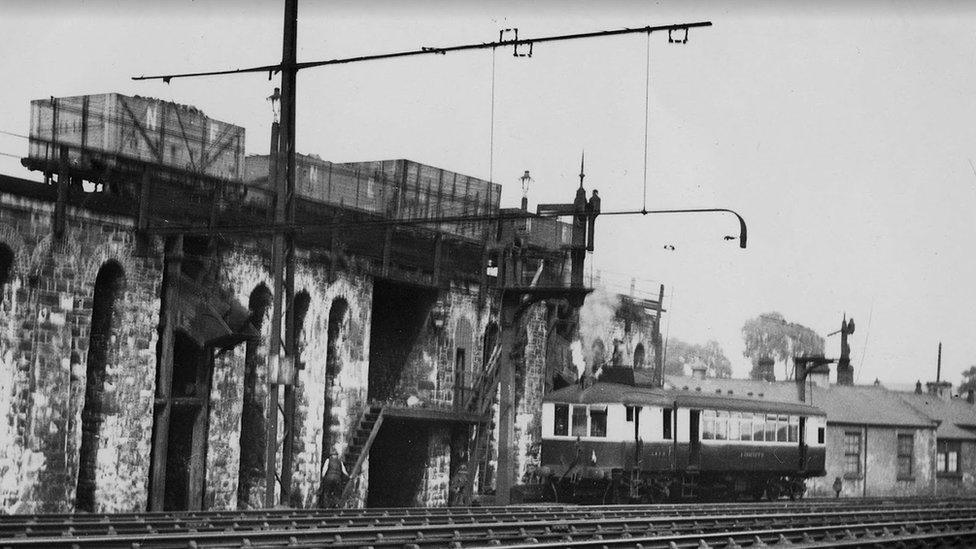
An LNER Sentinel railcar at the coal drops sometime between 1932 and 1935

Follow BBC North East & Cumbria on Twitter, external, Facebook, external and Instagram, external. Send your story ideas to northeastandcumbria@bbc.co.uk, external.
Related topics
- Published25 June 2022
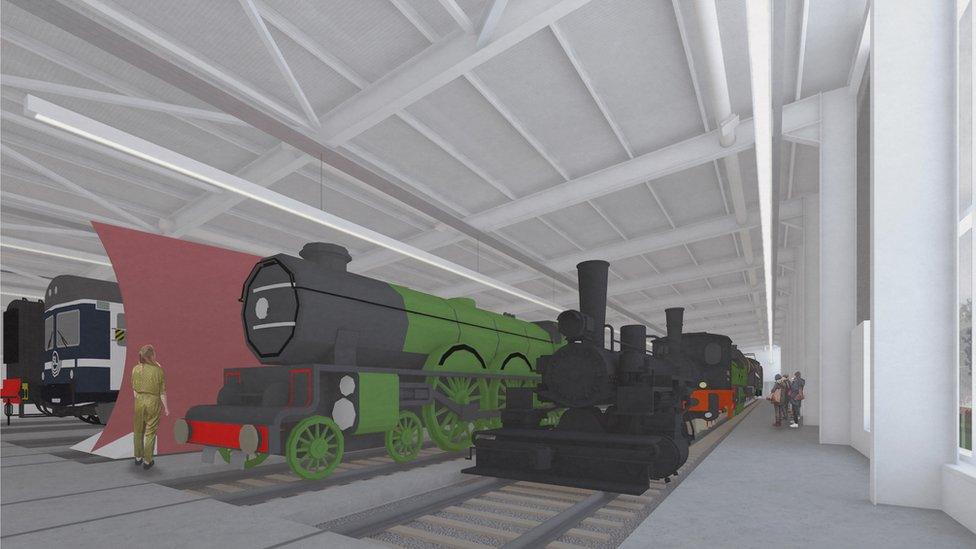
- Published15 January 2022
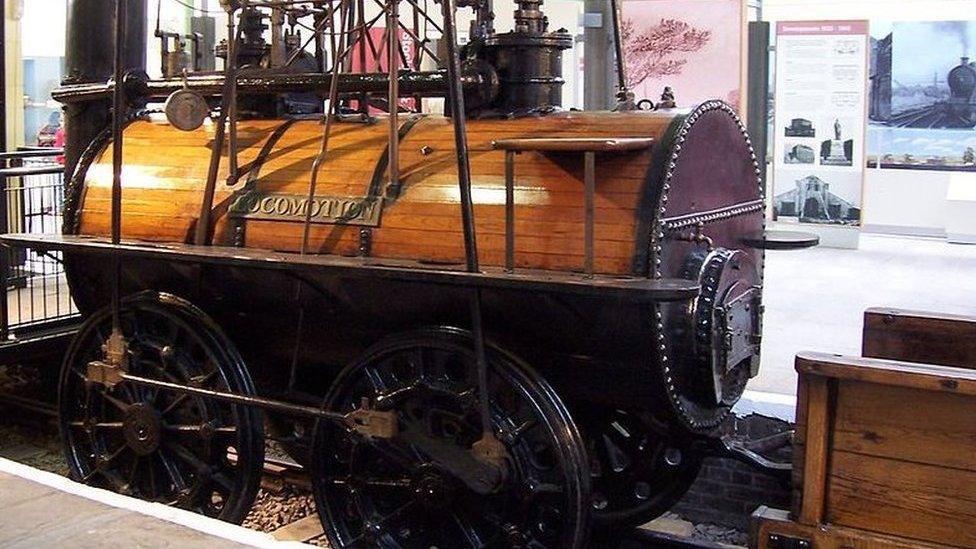
- Published18 April 2021
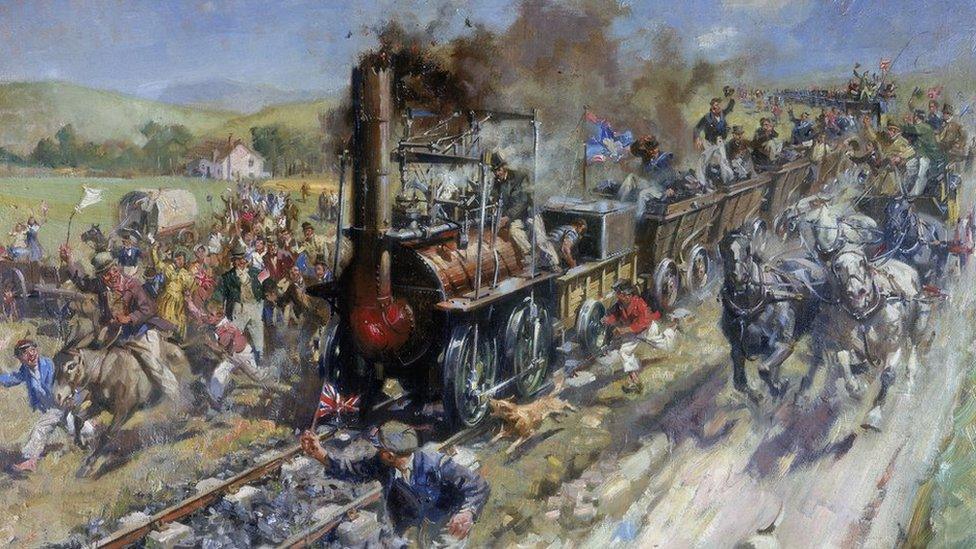
- Published5 March 2021
